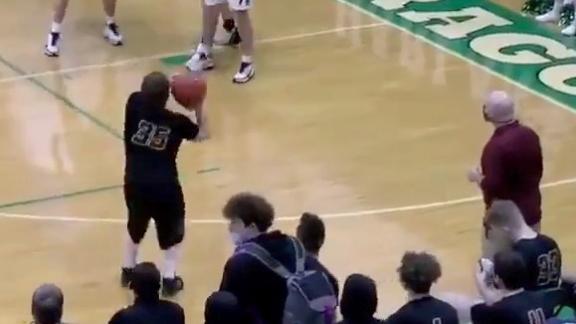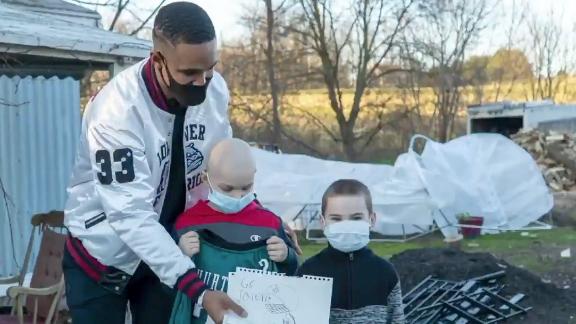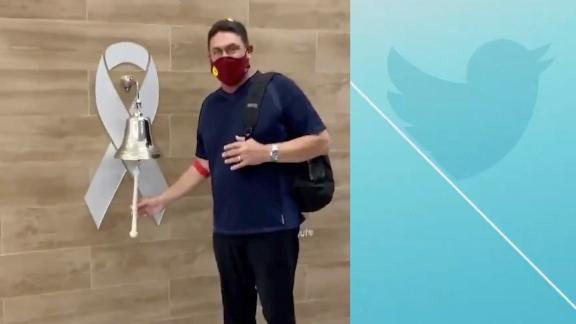Right now, the world's best hockey players are battling for the Stanley Cup. Teams are staging dramatic comebacks, net-minders are making seemingly impossible saves and superstars are adding to their legends with highlight-reel goals.
But like a crude mustache scribbled on a portrait or a coffee stain on a crisp white dress, the issue of dirty hits smears the beauty of the NHL. The lasting impression of a player's performance should be his transcendent talent, not his ability to nullify the talents of others through violence. The games are best when two teams face each other at full-strength, but too often, key players are watching from the wings because of injury or suspension.
Last Wednesday, Pittsburgh's Chris Kunitz and Tampa Bay's Steve Downie sat out a pivotal Game 4 of their best-of-seven series as each was suspended for separate incidents in Monday's contest. Kunitz elbowed Lightning forward Simon Gagne in the back of the head, while Downie left his feet to launch himself at Penguins defenseman Ben Lovejoy.
Earlier this season, Kunitz's teammate, Sidney Crosby, went down with a concussion after taking two hits to the head and hasn't yet returned to game action. Just weeks ago, Penguin winger Matt Cooke, was suspended for the final 10 games of the regular season and the first round of the playoffs after elbowing Rangers defenseman Ryan McDonagh in the head. The suspension was the fifth of Cooke's career and his second in just six weeks. The NHL made a statement with the lengthy time-out and even Cooke's GM Ray Shero sided with the league.
General managers may preach the importance of player safety when suspensions are doled out, but their decision not to ban head shots proved they care more about keeping the game fast and physical than protecting the men on the ice.
After a check killed Bill Masterton in 1968, the NHL waited 11 years before requiring players wear helmets. During this year's regular season, 98 players were listed as having suffered a concussion or head injury -- and that doesn't count those concussed players who were vaguely listed as having an "upper body injury."
It would be tough to downplay the role that big hits and brutal fights play in hockey. Fans relish the moments of (somewhat) controlled violence, and the players use physical play and purposeful brawls to maintain a system of checks and balances. Traditionalists argue changes, like the "Instigator Rule," has actually caused an increase in dangerous hits by preventing players from policing themselves. Others worry players have lost respect for each other and no longer consider the long-lasting effects their checks might have.
It's clear something must be done. Neither players nor fans should be burdened with the feeling that something terrible must happen before things change.
How many more players need to have their heads rattled before something is done? God forbid someone suffer the same fate as Masterton before the league opens its eyes. Since we now know the long-term effects of concussions on athletes, such as boxers, football or hockey players, it is inhumane and unforgivable to turn a blind eye.
What may have served as entertainment to generations past -- protected by their ignorance -- can no longer be a part of the beautiful game of hockey. All hits to the head, of any kind, should be banned. The rule change would lengthen the seasons, careers and lives of the players who make the game great, and would help keep headlines focused on the plays that make games memorable, not the hits that so many would like to forget.




